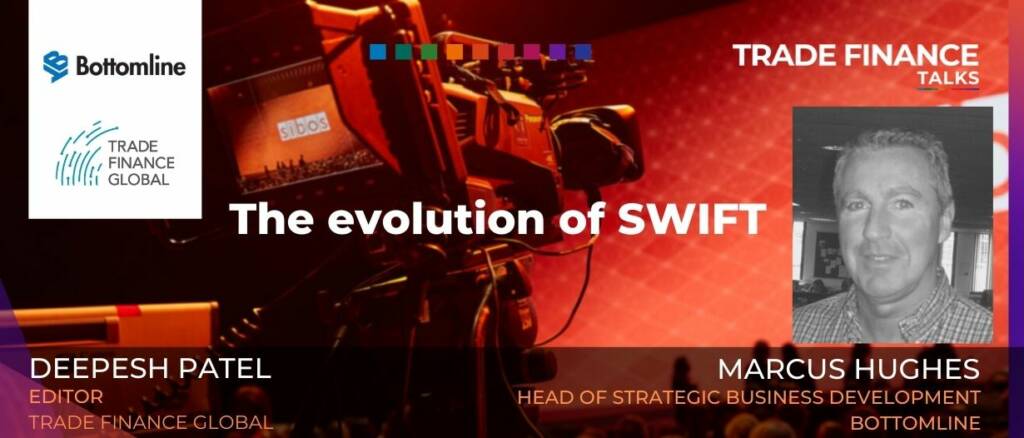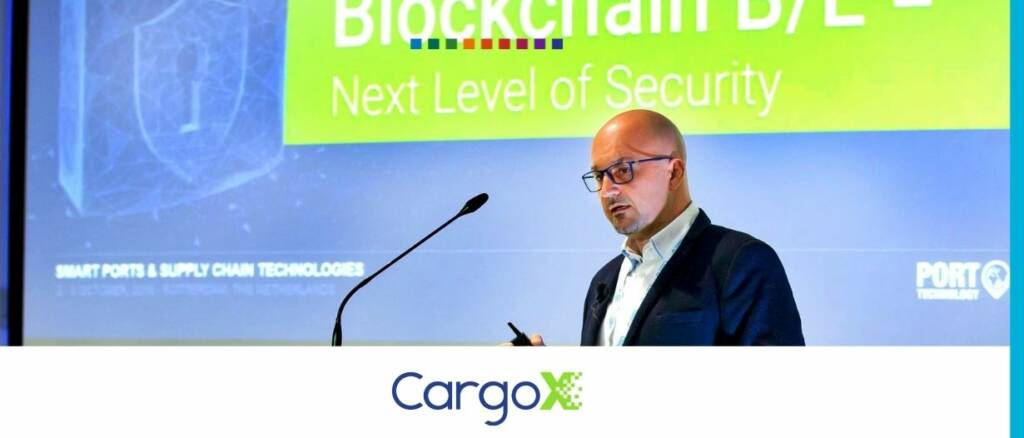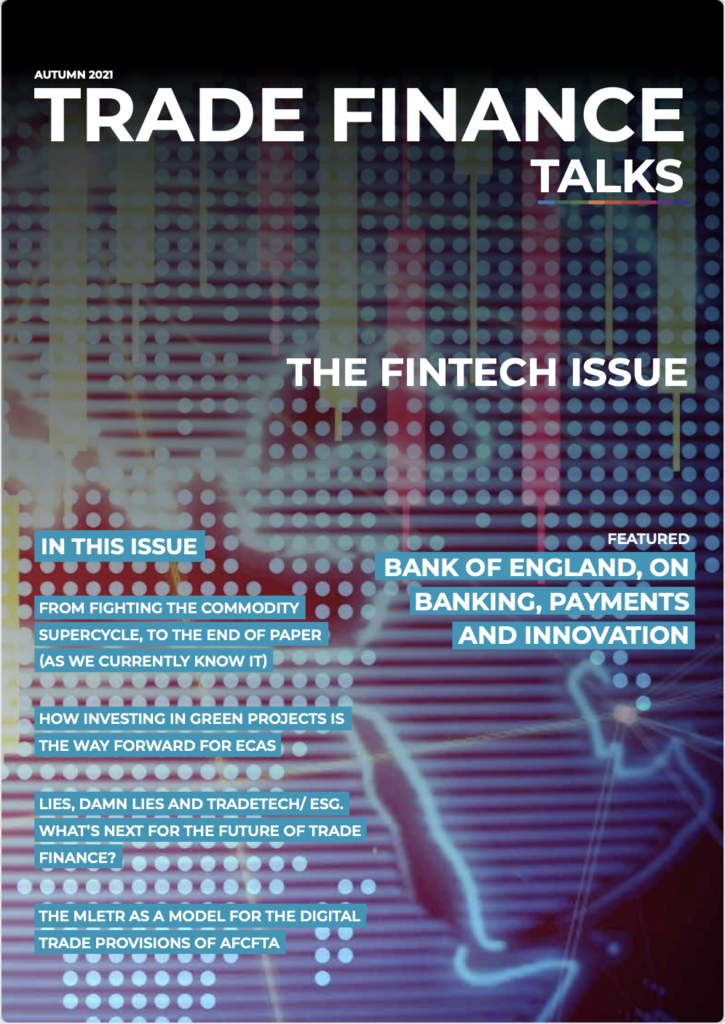The past
The world of trading and commodities has been underpinned by, amongst others, Bills of Lading and Letters of Credit for centuries.
Merchants would go on voyages for several weeks, if not months, in a caravel, carrack or clipper to the Far East, or elsewhere, to buy cotton, wool, tea, spices or other commodities. They would be equipped with a Letter of Credit in their trunk, often handwritten by the clerk of their high street banks.
That Letter of Credit provided added security to the producer or supplier that payment would be made by a bank against the remittance of certain documents, such as a Bill of Lading.
Caravels, carracks, clippers and paper Letters of Credit are long gone today.
The present
Letters of Credit moved from paper to telex and then on to SWIFT, at some point in the 1980s. The bulk of Letters of Credit are still issued by SWIFT. That hasn’t changed. In fact, SWIFT reported having processed more than $2 trillion in documentary trade in 2020.
The core characteristic of the instrument – an engagement of a bank to pay against the presentation of documents – has not changed either, in principle.
Similarly, paper Bills of Lading are still widely used, although they are not hand-written anymore.
However, the core of these instruments hasn’t changed either. A Bill of Lading still allows access to the goods when handed over to a shipping company.
I remember that, when I decided to move back into the trade finance business in 1999, some of my colleagues asked me why I did this. The feeling was that this paper fortress would be digitised soon.
At that time, we were in the middle of the internet bubble.
After a few failed trials and attempts of digitising Bills of Lading, things apparently started to move. About a decade ago, the first workable solutions for electronic Bills of Lading entered the market.
There are still a few bumps in the road
Currently, there are a couple of solutions up and running when it comes to electronic trade documents. However, as we know, there are still a few hurdles. Mainly, the legal and regulatory acceptance of such digital documents in a number of jurisdictions.
Electronic Bills of Lading are being used more frequently in the commodities business, but also as a document of value, in combination with the Bank Payment Obligation (BPO).
In spite of the ICC’s support, with the publication of the URBPO rules and a lot of commercialisation efforts, the BPO did not pick up as expected. There are a number of reasons for this, such as the seller not being a party in the transaction and the incompleteness of the 4 -corner model.
Furthermore, the BPO was put in the market as a replacement for Letters of Credit, which is not entirely justified. A few years ago, blockchain entered into the world of trade, and is, bit by bit, conquering its place.
Other projects like the Digital Standards Initiative (DSI) add value to this. Reluctantly, the world of Letters of Credit and the environment around it is changing.
“Reluctantly, the world of Letters of Credit and the environment around it is changing.”
This old-fashioned vehicle is still chugging along. But for how long?
I think for quite some time. There are at present a few opportunities to fine up this vehicle so that it can continue to drive without worries on modern highways.
First of all, the rules and practices. Whether the Letter of Credit is issued on paper or digitally, whether documents are written on parchment or are digital, presenting documents without discrepancies and getting paid is not easy at all.
Commodity traders are very skilled in this, but for other users, it remains an issue. There is room to review the rules (although ICC is not envisaging such a revision for the time being) and education is crucial as well.
For banks and other financial services providers, Letters of Credit remain indispensable. If the process of winding off a Letter of Credit does not run smoothly, it does have a negative impact on the value of such collateral for the bank.
Particularly in the world of commodities, Letters of Credit can act as a basis for financing. Bills of Lading and other documents, whether paper or not, can also serve as collateral.
Secondly, it is needless to say that digitisation of these documents and flows would be a significant leap forward for the world of trade finance. For a number of reasons, the COVID-19 crisis has accelerated the process of digitisation, but we are not there yet. Despite not being able to completely rule out fraud, digitisation will not make life easier for fraudsters.
“Despite not being able to completely rule out fraud, digitisation will not make life easier for fraudsters.”
As a result, committing fraud by using the same document over and over again in various transactions, multiple endorsements, and changing the data in a document is going to be a bit more difficult.
Furthermore, the monitoring of the assets might be easier in the digital world compared to the paper world.
The future of digitisation
One step further to digitisation is Artificial Intelligence!
What’s the use of applying Artificial Intelligence (AI) in the world of trade finance? AI might be able to take over a few time-consuming and specialised tasks, but there are several challenges. For the time being, we are not there yet.
Take for example automated document examination. This does not pertain to screening documents and checking them against sanction lists. That will be relatively easy based on data gathered from the documents by Optical Character Recognition (OCR), and compare these with lists of sanctioned entities, duals-use goods, etc.
One of the main tasks is to examine the documents presented under a Letter of Credit against the terms and conditions of the Letter of Credit, the rule frameworks, such as UCP 600, ISBP 745, and other information contained in ICC Opinions, DocDex decisions etc.
Currently, this task is performed by very skilled and experienced staff. If someone would have told me five years ago that these tasks will be performed by computers in the future, I would have told him that he reads too many sci-fi stories, but things are changing. I was surprised to see what is already possible nowadays.
In June 2021 the ICC published its brief for the ‘Automation of Document Examination under Documentary Credits’.
This provides guidance to financial institutions on how to utilise AI. The document describes the process of automated document examination by comparing it to self-driving cars.
The value of this for banks and corporates, players in the world of trade and commodities finance, cannot be overestimated.
AI will be able to help banks and corporates to prepare and examine documents and to avoid unpaid bills or late payments due to discrepancies that are likely to be overlooked by humans.
As well as having a positive impact on the level of operational risk, AI will also add to the smoothness of the process of handling Letters of Credit, and, consequently, will add to the value of the collateral.
Caravels, carracks and clippers can now be found in museums. Letters of Credit, however, are still part of the present, and certainly of the future, in whatever form it might be.















































